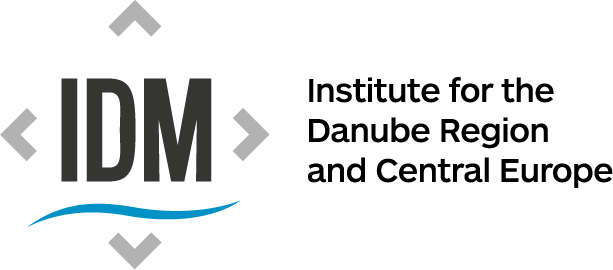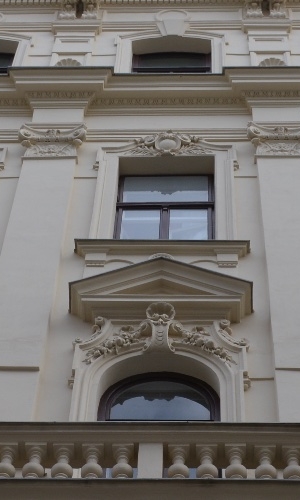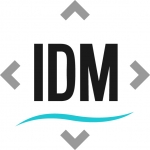70 Years IDM – a research project about the history of the IDM
Today’s Institute for the Danube Region and Central Europe was founded on 5 December 1953 in Salzburg. The institute was founded by three personalities: Theodor (von) Hornbostel, Carl (von) Karwinsky, former State Secretary for Security, and Dr. Rudolf Lodgman von Auen, as a representative of the Sudeten Germans in the Federal Republic of Germany, previously a member of the Austrian Imperial Council, governor of “Deutschböhmen” in 1918/19, then active as a German national politician in Czechoslovakia. In this context, two circumstances seem remarkable: on the one hand, the place of foundation, on the other hand, the participation of a representative of the (expelled) Sudeten Germans. The founding place Salzburg is explained by the fact that in 1953 Austria was still occupied four times and one deliberately wanted to avoid a place in the Soviet occupation zone. Salzburg, located in the American zone, on the other hand, seemed safe. The participation of a representative of the Sudeten Germans points to an essential area of activity of the Institute, namely the “German language islands on the other side of the Iron Curtain”. However, as early as March 1955, before the State Treaty, the board of the institute stated “that the reconciliation of nationalities should be one of the main tasks of the institute”. In 1957, after the end of the occupation, the institute moved to Vienna. From 1953 to 1971, the organization was headed by Theodor Hornbostel (1889 to 1973), with Peter Berger as Secretary General leading the day-to-day business. Hornbostel worked as a diplomat in the interwar period. The Danube region, Central Europe and Europe were his special areas of interest. From the beginning he supported the Paneuropa-Union Richard Coudenhove-Kalergis and also became a board member of this organization founded in Vienna in 1922/23.
The history of the IDM was a subject of the research project “70 Jahre IDM – ein Weg von Südtirol bis Moldau” (70 Years IDM – A Way from South Tyrol to Moldova). You can read the final report here.


